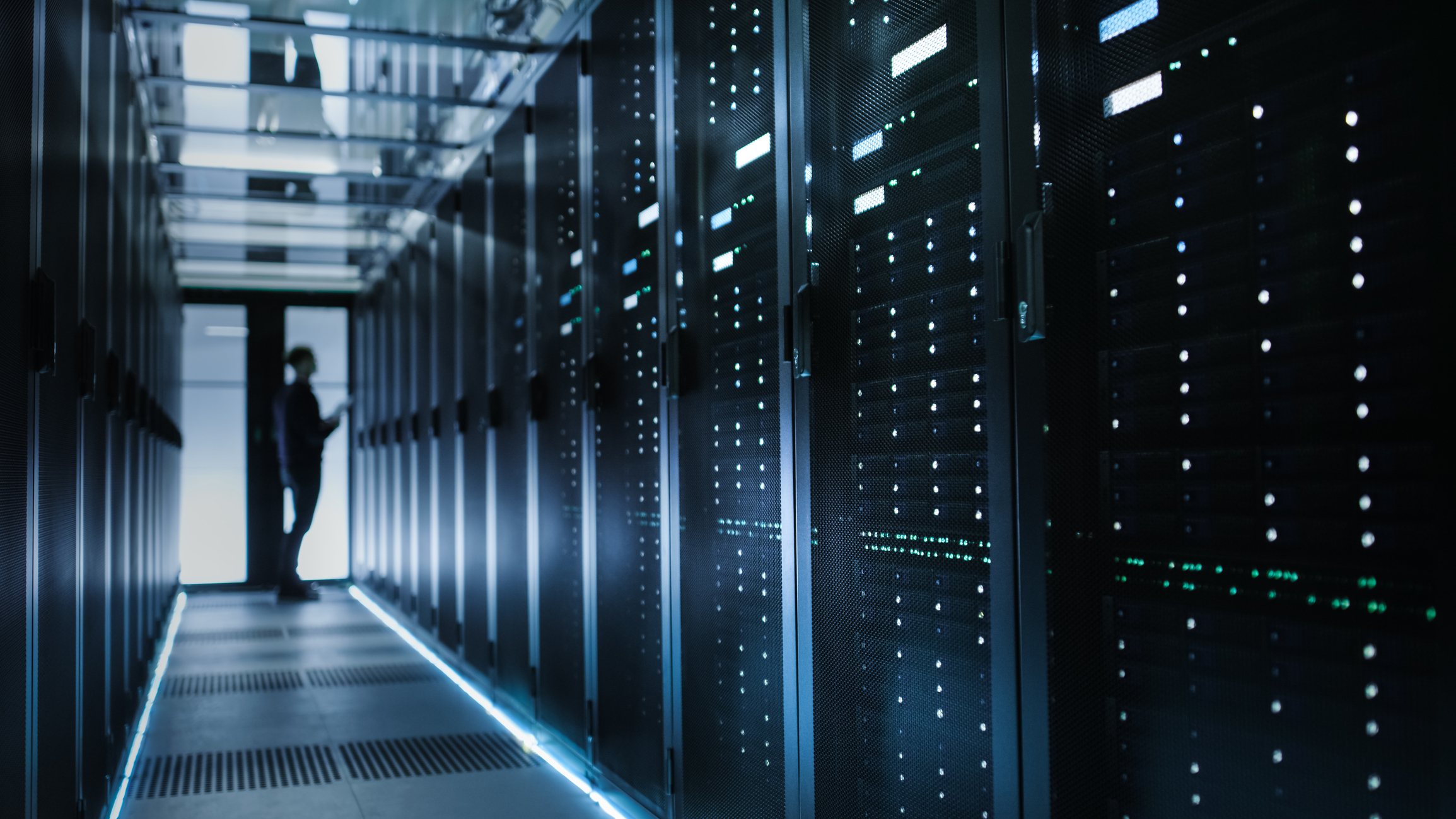The investing community is abuzz about data centers, particularly as they relate to artificial intelligence (AI) and cloud computing. Get up to speed with this review of the role data centers play in the technology ecosystem and five ways you can invest in data center growth.

Understanding data centers
Data centers are physical facilities that house technology components. Those components include servers, storage systems, networking switches and routers, backup power sources, and controls to manage the facility's temperature and humidity. Together, this equipment supports data storage, data processing, network connectivity, and other technology functions.
Before the advent of cloud computing, data centers were privately owned and located in or near business operations. Known as on-premise data centers, these facilities were owned, maintained, and managed by organizations with computing needs. A small law office might have had servers in a closet, for example. A global enterprise, on the other hand, may have had entire floors occupied by mainframe computers and related equipment.
Today, organizations have three additional options for securing the technology infrastructure they need.
- Managed data centers. The company leases dedicated equipment in a data center and outsources the technology management.
- Colocation facilities. The company leases space from the data center to house the equipment it owns. In this arrangement, the company is usually responsible for maintenance.
- Cloud computing. The company subscribes to public, shared services from a cloud computing provider such as Amazon (AMZN -0.85%), Microsoft (MSFT +1.52%), or Alphabet (GOOG -2.20%). The company accesses the infrastructure remotely and has no physical access to the facility.
Advantages of cloud data centers
The cloud computing model has advantages that are primarily related to efficiency and scalability. Customers do not have to allocate resources for buying and managing technology infrastructure. They can also scale their cloud usage as needed, rather than having to buy more hardware as they expand.
Also, since the major cloud providers are always working to remain competitive, they keep their cloud services updated to support the latest computing needs. Those needs are evolving quickly as machine learning and quantum computing technologies mature. Developing and launching a large language model, for example, requires high-performance hardware and a robust software stack. For most businesses, it is vastly cheaper and easier to access these from the cloud vs. building a privately owned facility.
Data center trends
Grand View Research has projected that the data center market will increase at a compound annual growth rate (CAGR) of 10.9% between 2023 and 2030. The ongoing increase in digital and online activities is a primary growth driver. As businesses and consumers increase their online activities, demand also rises for scalability and efficiency in data storage, compute resources, and cybersecurity protocols.
There are growth constraints for data centers, however. One that's significant is the related limitations of space and power. Larger data centers can be space- and cost-efficient, but they generate more heat, so they require more power to cool. That raises operational costs and can leave less power available for computing.
Facility operators can ease the space-power conflict by building in cool climates and making greater use of renewable energy sources. Technology provider Juniper Networks (NYSE:JNPR) predicts that data centers will increasingly implement solar, wind, and hydropower as well as low-power cooling methods like liquid immersion.



















